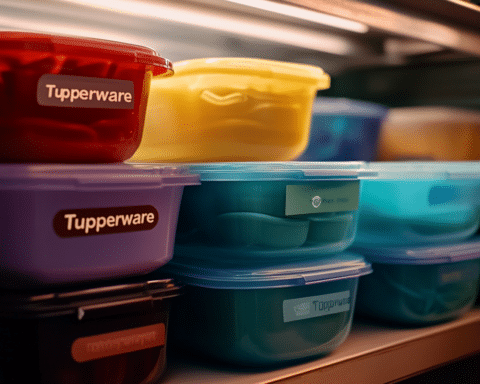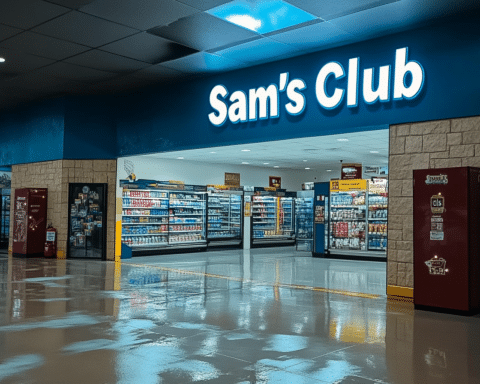As we bid farewell to another bustling holiday season, a striking trend has emerged in the world of retail. According to Adobe Analytics, online holiday spending has soared to unprecedented heights, marking a nearly 5% increase yearly. This surge to $222.1 billion in online sales from November 1 to December 31 sets a new benchmark for e-commerce, underscoring a dynamic shift in consumer behaviour and retail strategies.
Adobe Analytics’ comprehensive data from over a trillion visits to U.S. retail websites reveals a fascinating narrative. Contrary to expectations, the increase in spending was primarily driven by a higher volume of purchases rather than rising prices. Interestingly, Adobe notes a consistent decline in online prices across several categories, such as electronics, with a 5.3% year-over-year drop in December.
This trend of falling prices is particularly notable in light of Adobe’s Digital Price Index, which indicates that if adjusted for inflation, the growth in online consumer spending would be even more pronounced. Significant discounts offered during the holiday season, with electronics and apparel seeing record markdowns, were crucial in fueling this spending spree.
The holiday season is pivotal for major retailers like Walmart, Amazon, Target, and Macy’s. Their performance during this period, often revealed in February’s fourth-quarter earnings, is a bellwether for their market positioning. However, despite the robust online sales, there’s caution about extrapolating this trend into the new year. The financial strain of overspending during the holidays could lead to a pullback in consumer spending in the subsequent months.
A notable factor in this year’s spending patterns was the rise in ‘buy now, pay later’ options. Services from companies like Affirm and Klarna have eased the financial burden of holiday shopping, allowing consumers to stagger payments. Adobe found a 14% increase in the use of such services, contributing significantly to online holiday sales.
Mastercard SpendingPulse’s data aligns with Adobe’s findings, showing a 3.1% increase in overall retail sales, excluding automotive sales. The Mastercard Economics Institute’s chief economist, Michelle Meyer, attributes this to a robust job market and easing inflation, which bolstered consumer confidence.
This season’s record-setting online holiday spending is a testament to changing consumer preferences and evolving retail strategies. While deep discounts and flexible payment options like ‘buy now, pay later’ have incentivized spending, retailers and analysts remain vigilant. The true impact of this season’s spending patterns on individual retailers and the broader economy will unfold in the coming months.




